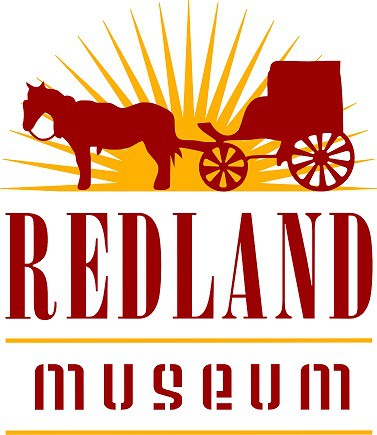
Louis Hope arrived in New South Wales in 1843, and was an active participant in early Queensland economic and political life, where he served as a Member of the Queensland Legislative Council. By 1855 he owned several properties, including land in the Cleveland area overlooking Raby Bay, where he experimented with cotton and sugar cane.
By late 1862 the estate, named Ormiston, comprised about 325 hectares of fenced land, with 8 hectares under sugarcane. In 1864 Hope erected Queensland’s first sugar crushing mill, and the first commercially milled sugar in Queensland was produced there in September of that year.
Accompanying the establishment of his sugar plantation and mill, Hope erected on the property a substantial residence, Ormiston House, from bricks made on the property, and the timber felled and sawn on site.
By 1865 the sugar plantation at Ormiston was the largest in Queensland. From September 1867 Hope was employing South Pacific Islanders in his cane fields and producing about 60 tonnes of sugar in a season. In 1869 the mill and a distillery were in active operation, with Hope buying cane from smaller growers and operating the plant as a central crushing mill. Hope continued with sugar crushing at Ormiston until about 1875.
This small boiling pan from the Ormiston sugar mill would have been used in the final stages of production when fine control of temperature would be essential for crystallizing the sugar out of the concentrated syrup. This boiler was donated by Ormiston House in 1974.
Redland Museum acknowledges the Quandamooka People, the Traditional Custodians of the land and waters where we work.
We acknowledge their Elders, past and present, and extend that respect to all Aboriginal and Torres Strait Islander Peoples in our Community.

